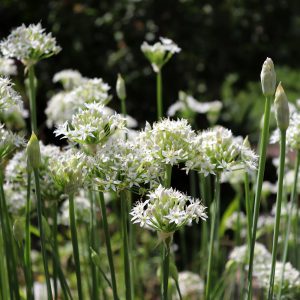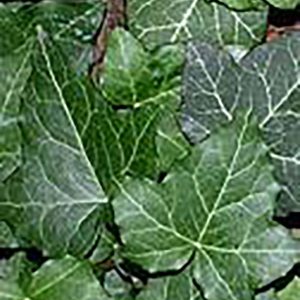Description
Fuchsia is a genus of flowering plants that are native to Central and South America. They are grown for their attractive, pendulous flowers, which come in a wide range of colors, including shades of pink, purple, red, and white. Fuchsias are versatile plants that can be grown in a range of conditions, from full sun to partial shade. They are often used in hanging baskets or as bedding plants in garden borders. Some popular companion plants for fuchsias include lobelias, petunias, and impatiens, which provide complementary colors and textures. Fuchsias also pair well with foliage plants such as ferns and hostas, which provide a contrasting backdrop for the showy blooms.
Key Facts
- Common Name(s):Fuchsia ‘Mrs W P Wood’
- Hardiness:Fully hardy through most of the UK
- How big will I get? Fuchsia ‘Mrs W P Wood’ can grow to a height of 1m and a spread of 1m.
- Did You Know That:Fuchsia are named after the German botanist Leonhart Fuchs.
Plant Calendar
A rough guide to how this plant will change through the year.
| Jan | Feb | Mar | Apr | May | June | July | Aug | Sept | Oct | Nov | Dec | |
| Flowering Time |  |
 |
||||||||||
| Foliage Colour |  |
 |
 |
 |
 |
 |
 |
 |
 |
 |
 |
 |
| J | F | M | A | M | J | J | A | S | O | N | D |
 |
 |
||||||||||
 |
 |
 |
 |
 |
 |
 |
 |
 |
 |
 |
 |
Care Guide

Soil Requirements
Fuchsia ‘Mrs W P Wood’ prefers moist but well-draining soil. This plant can grow in soil with a wide range of pH levels, it is not picky about the pH level of the soil.

Best Position
Fuchsia ‘Mrs W P Wood’ prefers a sheltered position and can cope with either full sun or partial shade.

Maintenance
Fuchsia ‘Mrs W P Wood’ will benefit from pruning in Spring. Shrubs that produce their flowers in mid to late Summer or Autumn, typically flower on new growth, so by reducing the shrub in Spring you encourage lots of new, flower producing growth.

Pest, Diseases and Wildlife
Fuchsia ‘Mrs W P Wood’ can have problems with vine weevil, capsid bugs and aphids, it can be vulnerable to certain diseases such as grey moulds and rust. It is also known to attract bees and butterflies. It is not considered to be toxic.





